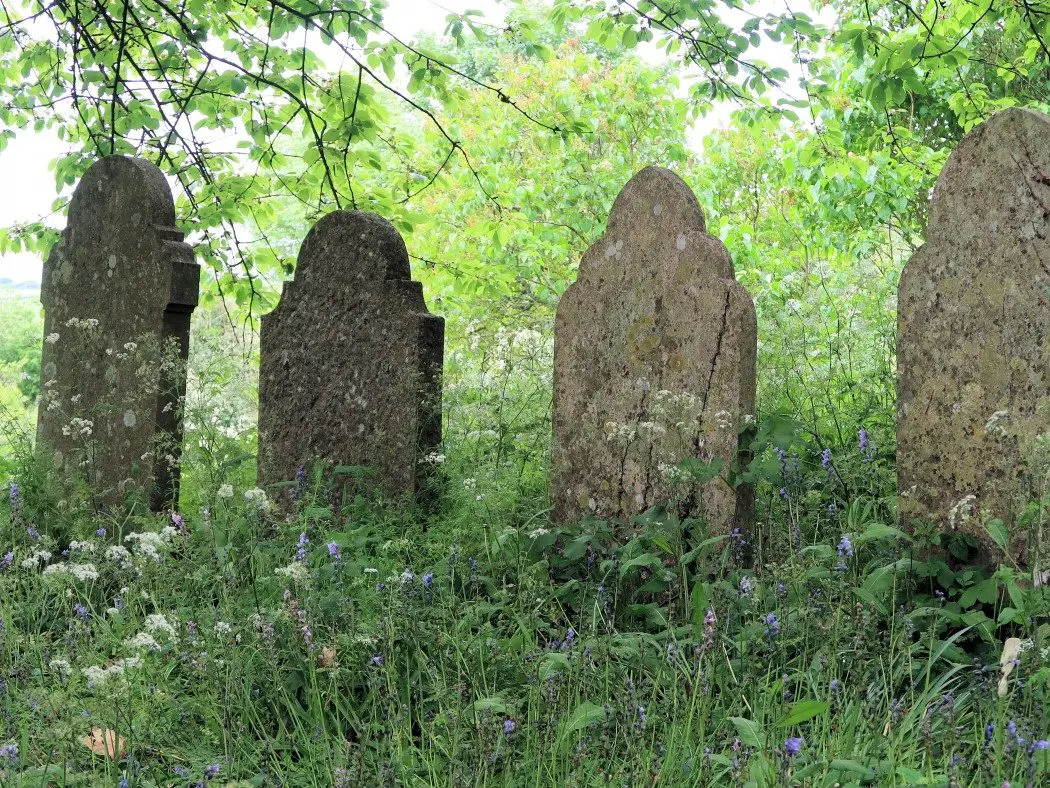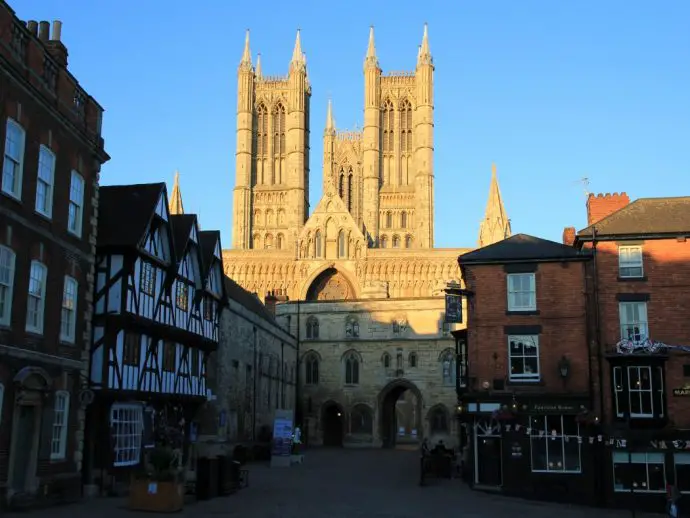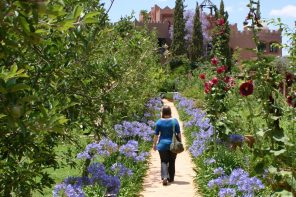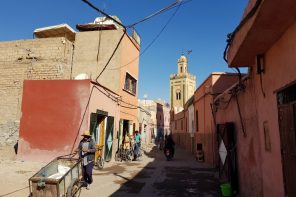Are you a “tombstone tourist”? It sounds a pretty grim thing to do on your hols, but actually it’s becoming a really popular past-time. You see, graveyards and memorials are all about beauty, peace and contemplation, things which are often missing from our everyday lives. Many tourists don’t realise that some of the most famous sights in the world are tombs, like the Taj Mahal, the Pyramids and the Terracotta Army! In other parts of the world, cemetery tours take the curious to see the last resting places of famous writers, poets and actors, like Highgate Cemetery in London, and Père Lachaise in Paris, which receives 3.5 million visitors each year. Travelling to see grave sites, tombs, cemeteries, epitaphs and monuments to death have provided us with some rather rich and rewarding experiences over the years…here are some of our favourites:
Mausoleum of Moulay Ismail
Where: Meknes, Morocco
Who is buried here: Sultan Moulay Ismail, the second ruler of the Alaouite dynasty in Morocco between 1672–1727
This mausoleum is one of the most spectacular sites you can visit in Morocco, and should be top of the list for any trip to Meknes. It’s one of the few sacred sites open to non-Muslims, with peaceful courtyards and beautiful pale yellow passageways full of iconic doorways, leading to the tomb itself. Once the court house of Meknes, the Mausoleum of Moulay Ismail looks a little disappointing from outside, but once you step through the door it’s like entering another world. A sanctuary. One that is painstakingly decorated in traditional zellij tiling, stunning carved wood panels, and elaborate marble archways. Non-Muslims can’t enter the room housing the tomb itself, but you can see it through the doorway, which feels like a huge privilege.
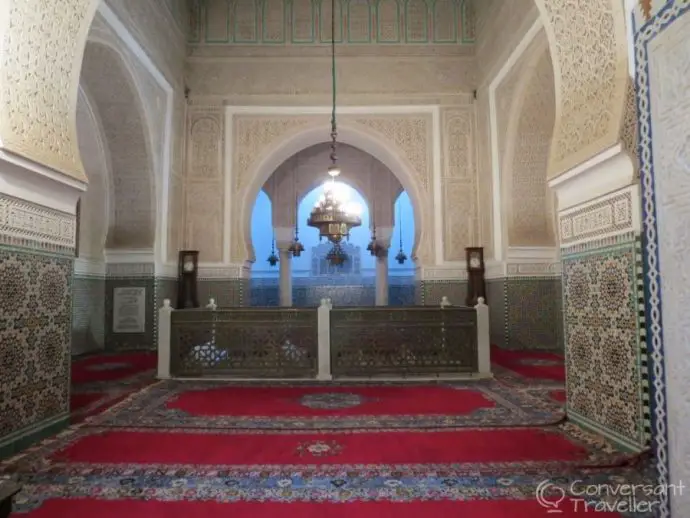
Taj Mahal
Where: Agra, India
Who is buried here: Emperor Shah Jahan and his wife Mumtaz Mahal
Perhaps the greatest tomb in the world, the Taj Mahal needs no introduction. Built in the mid 1630’s by the Mughal Emperor Shah Jahan, this colossal white marble mausoleum commemorates the life of his favourite wife, who died giving birth to his 14th child. Today it’s the most popular attraction in India, and probably one of the most visited grave sites in the world . The tombs of both Shah Jahan and Mumtaz Mahal lay at the heart of the Taj Mahal.
Spioenkop Battlefields
Where: KwaZulu Natal, South Africa
Who is buried here: The British and the Boers
The Battle of Spioenkop in January 1900 was one of the pivotal battles during the Boer Wars in South Africa, a period of bloody and futile clashes between the Boers, Zulus and British. The KwaZulu Natal region is peppered with battlefields such as this one, most notably Blood River, Isandlwana and Rorkes Drift. Spioenkop was fought on a hilltop along the Tugela River – the British attempted to capture this lofty vantage point from the Boers, and although they initially succeeded, their defensive trenches weren’t deep enough and the Boers fought back, and eventually won. Today the site is known for its long trench grave sites – the British dead were buried in these trenches where they fell – and it’s one of the most moving places we’ve ever visited on our travels. The views here are stunning, and today it’s a peaceful place to come and contemplate the intricate history of South Africa.
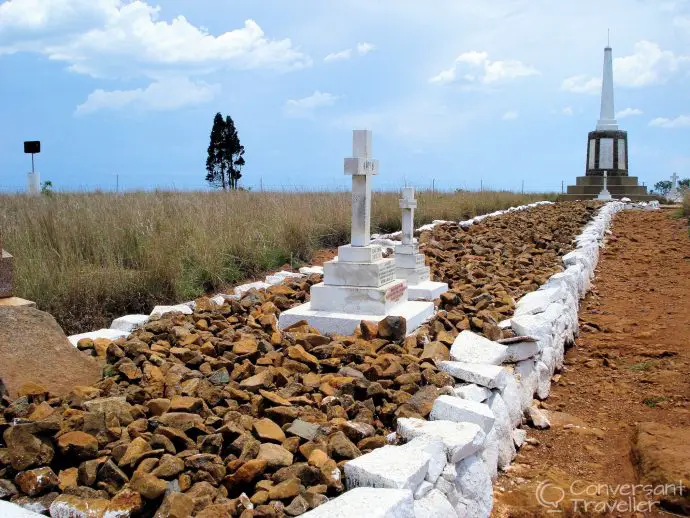
Tikal, Guatemala
Where: El Petén region of northern Guatemala
Who is buried here: Mayan kings
Tikal is one of the biggest archaeological sites belonging to the ancient Maya civilisation. It’s a glorious jungle complex with remarkably well-preserved stone temples poking their heads up out of the rainforest canopy. Beneath these giant pyramids lay the tombs of Mayan rulers, with summit shrines at the top of each. But the best bit? You can actually climb many of them! We have a soft spot for Temple IV – we got engaged at the top! – which was built in 741 AD to commemorate the 27th King of Tikal, who now sleeps below the structure, keeping an eye on his realm. If we were going to have tombs when we die, they’d be just like these!
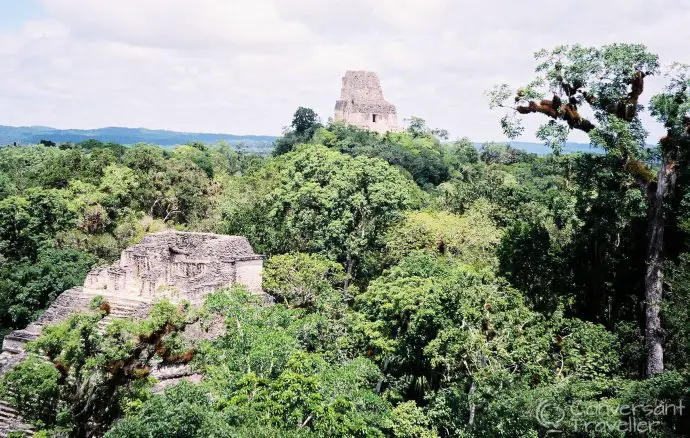
Goreme Open Air Museum
Where: Cappadocia, Turkey
Who is buried here: Monks and Nuns
The Open Air Museum at Goreme is a UNESCO World Heritage Site dating back to the 10th Century. It’s a sprawling monastic complex comprising rock-cut churches, monasteries and dwellings, all carved out of the stony landscape. The caves contain stunning colourful frescoes, places of worship, and also stone graves where the inhabitants were laid to rest. There’s even a skeleton or two! The complex is riddled with underground tunnels which could be cut off in times of attack, keeping the occupants safe. It’s a fascinating place to visit (not just because of the tombs), and is often combined with hot air ballooning adventure over the nearby Pigeon Valley.
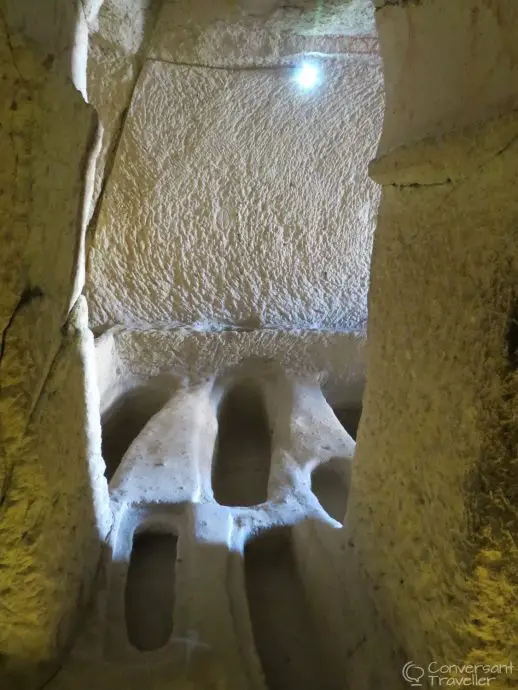
Lincoln Cathedral
Where: Lincoln, UK
Who is buried here: the heart of Queen Eleanor of Castile
One of the greatest love stories to come out of England was that of King Edward I and his beloved wife, Eleanor of Castile. When she died in 1290 near Lincoln, Edward has stone crosses erected along the journey back to London at all the locations where her body rested. The most famous of these is the replica that today stands at Charing Cross. Her heart is buried in Lincoln Cathedral, one of the most impressive places of worship in the UK. The cathedral also owns one of the only original copies of the Magna Carta, which is on display in the nearby castle!

